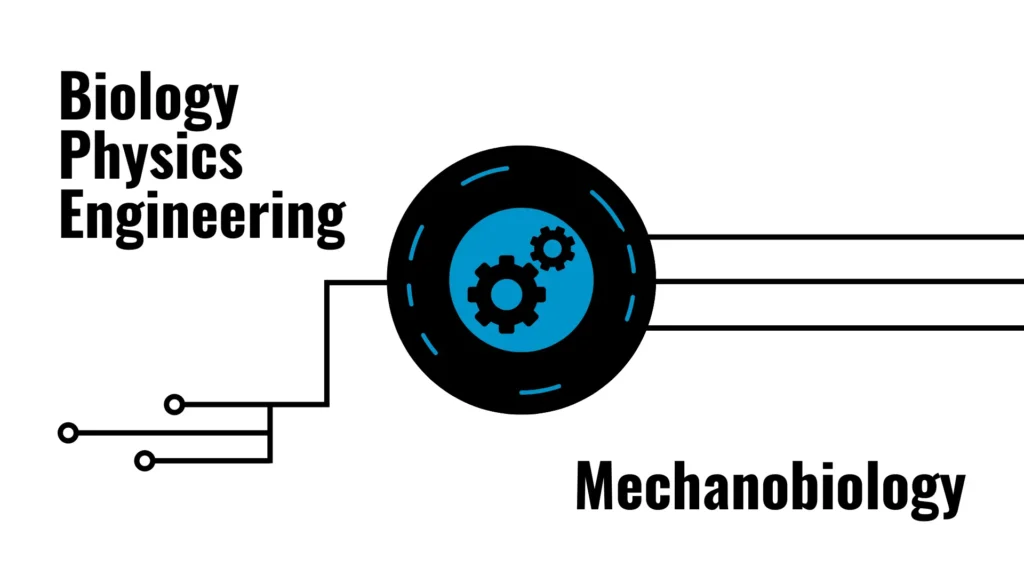
Imagine a world where we can unite physics with biology and understand how cells and tissues transform during growth and disease. Welcome to the exciting field of mechanobiology! As this innovative discipline evolves, experts share groundbreaking insights that will pave the way for the future of research and real-world applications.
Integrating disciplines for breakthroughs
Experts say that the power of mechanobiology lies in its fusion of biology, physics, and engineering. For example, this interdisciplinary approach is critical to decoding how genes and proteins sculpt our cells and tissues and how these living systems harness and react to mechanical forces. Also, researchers are delving into the dynamic dance between mechanical forces and biochemical signals, impacting everything from tissue growth to disease progression. The next frontier? Developing cutting-edge techniques to visualize and measure these forces in living tissues will enable advanced and effective treatments for various diseases.
 (ICEMS) Although mechanobiology is considered a new field, its origins trace back to 1917 when biologist D’Arcy Thompson proposed that mechanical forces could explain the structures of living organisms. Advances in technology, such as fluorescent imaging and micro-nano fabrication, now allow researchers to quantitatively examine these forces. Additionally, atomic force microscopy (AFM)-based nanoindentation methods are being used to study the mechanical properties of cells and tissues at the nanoscale.
(ICEMS) Although mechanobiology is considered a new field, its origins trace back to 1917 when biologist D’Arcy Thompson proposed that mechanical forces could explain the structures of living organisms. Advances in technology, such as fluorescent imaging and micro-nano fabrication, now allow researchers to quantitatively examine these forces. Additionally, atomic force microscopy (AFM)-based nanoindentation methods are being used to study the mechanical properties of cells and tissues at the nanoscale.
The role of synthetic biology
Nature has spent millions of years perfecting its designs, and mechanobiology taps into this vast reservoir of wisdom. Experts emphasize the importance of studying a variety of organisms to uncover fundamental principles. For instance, understanding how bacteria sense mechanical signals and fortify their bonds under stress could lead to innovative treatments that supercharge antibiotic treatments. Meanwhile, plant cell walls, known for their strength and flexibility, offer clues to how plants perceive and respond to mechanical forces. Unlocking these secrets could revolutionize our understanding of plant growth and adaptation.
Join the mechanobiology universe
Mechanobiology is at the cutting edge of science, merging diverse disciplines to decode life’s fundamental processes. By bringing together biology, physics, and engineering, researchers are on the brink of discoveries that could redefine health and disease management.
Curious to dive deeper into the experts’ visions and the groundbreaking future of mechanobiology? Explore more here.




